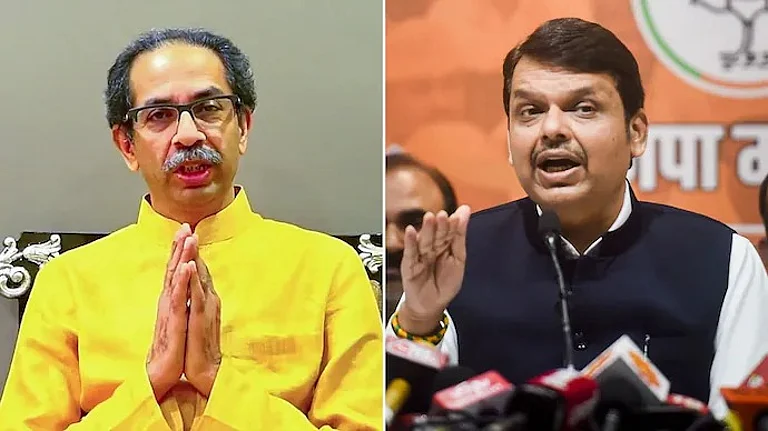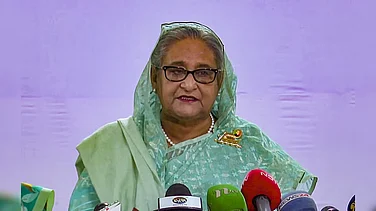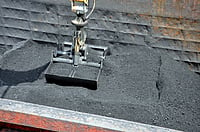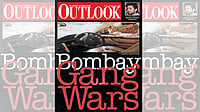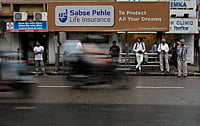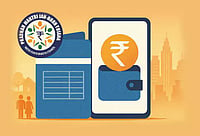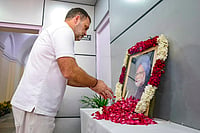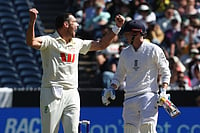
Uddhav and Raj Thackeray’s reunion was a dramatic political event.
But the unity suffered a setback in BEST polls, where they faced rout.
Experts advise caution: don't read everything from a single election.
It was billed as a test run before the high-stakes Brihanmumbai Municipal Corporation (BMC) elections. Uddhav and Raj Thackeray came together, only for their alliance to face rout in their first jointly contested poll in two decades. Their panel lost all the seats in the BEST Workers’ Credit Society polls, and the outcome has raised questions about the durability and appeal of the renewed partnership.
The brothers’ reunion was one of the more dramatic turns to occur in Maharashtra’s political theatre this year. Uddhav, heading the Shiv Sena (UBT), and Raj, leading the Maharashtra Navnirman Sena (MNS), had not shared a political platform since their bitter split in 2006. Their decision to field candidates jointly was projected as the beginning of a larger anti-BJP consolidation in Mumbai, where municipal politics has traditionally been shaped by the Sena’s control of the civic body.
Though relatively limited in scale, the BEST society polls involve members of the transport undertaking’s credit society and carry a symbolic weight. For the Thackerays, it was meant to showcase a new united front capable of reclaiming the Sena’s lost urban base. Instead, the result highlighted organisational weaknesses and the erosion of their grassroots influence, especially among workers, who once formed the Sena’s backbone.
For the BJP and the Eknath Shinde-led Shiv Sena faction, the outcome is a morale booster. Both camps will now feel free to argue that the Thackeray brothers’ brand of politics no longer resonates with the city’s working-class electorate, long considered loyal to the Sena. Meanwhile, political observers point to voter apathy and factional confusion as possible reasons behind the rout.
Yet, experts also caution against reading too much into a single cooperative election result. “A united front between Shiv Sena (UBT) and MNS could potentially consolidate Marathi-centric voters in Mumbai," said a senior politician with rival political outfit, AAP. Such unity could still challenge the BJP–Shinde Sena dominance in the upcoming BMC elections. That said, translating voter sentiment into a winning strategy remains uncertain and fraught with challenges.
Former MLA Krishna Hegde, Shiv Sena (Eknath Shinde faction), said Uddhav is possibly seeing a rift with other constituents of the Maha Vikas Agadi (MVA) alliance. And that could make his partnership with Raj key in future electoral calculations.
According to political analyst Hemant Desai, the Shiv Sena (UBT) and MNS miscalculated when they projected the BEST election as a symbolic show of unity for the Thackeray brothers. It was also a mistake to have treated it as a decisive test of their strength. By doing so, a cooperative credit society poll was unnecessarily elevated into a high-profile contest.
According to Desai, it is this framing that has backfired and given the BJP an opportunity to highlight its victory over the Thackeray brothers. That is why the outcome has dealt a clear blow to both parties, not only in terms of how the public perceives them but also hurting the morale of their grassroots workers.
The BMC polls, whenever they are scheduled, will be fought on a much larger canvas, shaped by alliances, resources and city-wide narratives. Uddhav and Raj still retain name recognition and emotional capital in Mumbai, where the Sena’s identity is deeply woven into local politics. Their challenge will be to translate nostalgia into an organisational revival that shows it is capable of taking on a well-oiled BJP-Shinde machinery.
For now, the BEST poll defeat underscores that symbolism alone may not suffice when it comes to winning polls. The Thackeray brothers have rekindled their partnership, but whether that will translate into electoral dividends in Mumbai’s most fiercely contested battle, the BMC, remains uncertain.









